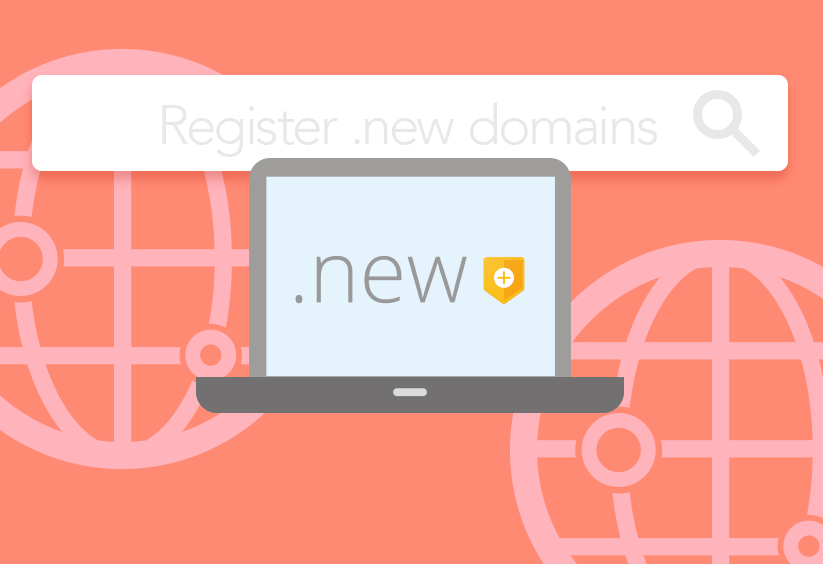Cart Total
$0.00
-
Your shopping cart is empty
Loading

Hello! Log in Your Account
New customer? Start here


|
5 min read
Contents
Quick Summary
Subdomains are useful for dividing up the topology of your site for best user experience, testing new branches of your site and more.
When you’re creating an online presence, it’s important to pay careful attention to your branding and website structure so that you can carve out your own unique corner of the internet. Every decision you make has an impact on the customer experience and will play a role in how your company and products are perceived.
When it comes to branding, there is a lot spoken about domain names because they are the gateway to your site and it’s how people find you. But there is much less said about the value of subdomains. In this article, we thought we’d delve into the world of subdomains so that you can get a sense as to what they are, why they are valuable, and how to set one up.
Let’s dive in.
--
If you look at any website URL, you’ll find a few common features. The most important one is called the root domain, which is what comes after the ‘www.’ And before the domain extension at the end.
For example, in our domain name (www.yay.com), the root domain is ‘yay’. It’s the main identifier for a website and when selected on its own, it will typically point directly to your home page. This is a crucial piece of branding because it is the foundation on which everything else is built.
A subdomain, on the other hand, is a prefix that stands in front of your root domain. For example, you might imagine having the URL store.yay.com where the subdomain is ‘store’. This prefix comes before the root domain and acts as a further identifier for a specific section of your website.
Each type of domain has different uses and requires different considerations in order to get the most out of it.
A root domain is a non-negotiable when you’re creating a website because it’s the home identifier that’s going to point people towards your site. But a subdomain is optional, so it’s important to know how to use them most effectively. Here are three of the most valuable use cases for using subdomains:
Sometimes you find yourself building new pieces of your website that you want to test before you launch to the public. If you just use a normal URL for these, there’s a decent chance that a customer can stumble across it before its ready and that’s not ideal. A subdomain is perfect for this, because you can create the new section and host it on the subdomain, where you can run it through its paces without worrying about a customer finding it. Once you’re happy with how it works, you simply move that onto your main domain, and it transfers simply and easily. Many companies use this as a regular part of their development process and it's extremely effective.
Some companies have found great value in separating their main domain from their online store because both require different technologies, and it also helps to create a natural psychological separation for the consumer. This means that the store section of the website can be set up to handle the complexity and volume of transactions that might come through, while the main domain can stay clean and focused on providing the customer with the information they need.
If your company is serving multiple different locations, it might be worth thinking about having personalised websites for each individual region. The way you do this is by creating subdomains for each different location that can then display a specific website to each customer based on where they are based. This localisation can be extremely effective from a marketing point of view and makes for a much smoother user experience for anyone who gets to your site.
As you can see, subdomains can be very valuable for certain use cases where separation from your root domain makes sense. All of this should be in service of the customer though, so make sure you carefully consider whether this is the right option for you.
Creating a subdomain is a very simple process that you go through with your domain registrar or hosting provider. If you log into the back-end of your domain management, you should be able to create subdomains there and then assign specific pages to be attached to them.
Here at Yay, we provide a wide range of domain services including registering root domains and setting up various subdomains after that. We’ve helped numerous clients across industries set up the perfect domain structure for their needs, and we’re confident that we could help you as well. So, if you are looking for some assistance here, be sure to have a look at our domain management platform, or get in touch so we can give you more information about how to get started!


.New domains. Learn all about Google's .new domain name. Register with Yay.com who are one of few approved domain registrars!
Revised May 6 2021 | 5 min

Use Yay.com's domain name availability checker tool to search for, find and identify newly available domains in bulk.
Posted March 9 2021 | 4 min

Ever wondered how you'd go about buying a domain name? Find your answers here.
Posted November 13 2020 | 5 min

Learn what a domain name is and the difference between a domain name and a website.
Posted November 13 2020 | 4 min

Interested in how domain names and web searches work? We demystify some of the terminology to give you a stronger grasp on the process.
Revised November 13 2020 | 4 min

Domainers with thousands of domains need tools powerful enough to make their business manageable. Enter Yay.com's domain management platform.
Posted September 8 2020 | 7 min

Whether creating a business website or side project, check out our advice when building a secure online presence.
Posted October 30 2019 | 3 min